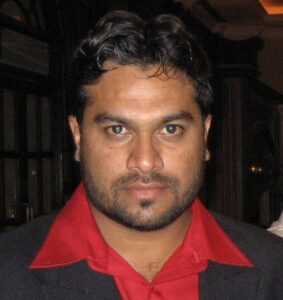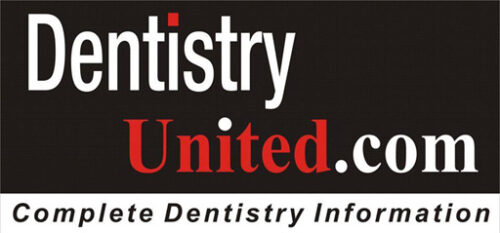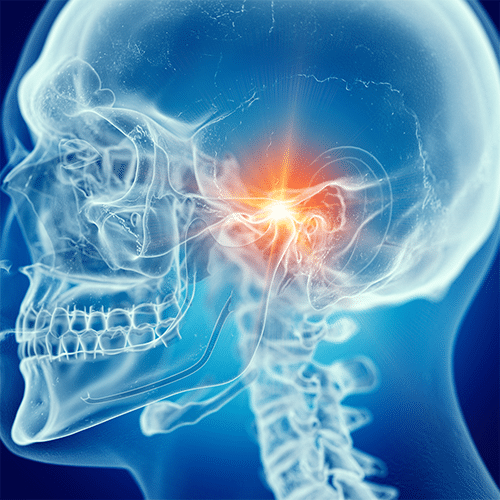- Jaw pain and restricted movement
- Chronic headaches or migraines
- Neck and shoulder discomfort
- Tooth wear, fractures, or gum recession
- Postural imbalances, abnormal gait, or even fatigue and sleep disruption
- Electromyography (EMG) – quantifies masticatory muscle activity to detect hypertonicity or imbalance.
- Computerized Mandibular Scanning (CMS) – maps mandibular movement in real time for trajectory and velocity analysis.
- Sonography – records TMJ acoustics to detect internal derangements or frictional pathology.
- Transcutaneous Electrical Nerve Stimulation (TENS) – induces neuromuscular relaxation, allowing muscles to assume their true physiologic rest position.
- Relief from TMD Symptoms – Reduced pain, improved mandibular range, elimination of joint noises.
- Improved Bite and Dental Longevity – Occlusal forces distributed evenly, reducing risk of wear, fracture, or periodontal trauma.
- Reduction in Headache and Muscle Pain – Alleviation of cranio-cervical myalgia and shoulder stiffness.
- Enhanced Systemic Wellness – Improvements in posture, breathing, and sleep quality.
- Customised, Evidence-Based Treatment – Orthotics, orthodontics, or restorative designs tailored to a verified myocentric position.
- TMD/TMJ Disorders – Resolving joint and muscular dysfunction.
- Bruxism – Reducing nocturnal grinding and associated dental damage.
- Orthodontic Planning – Ensuring tooth movement finishes in a stable, myocentric occlusion.
- Dental Restorations – Designing crowns, bridges, or dentures that do not disrupt muscle balance.
- Sleep Apnea & Airway Therapy – Jaw positioning to improve airway patency.
- Comprehensive Evaluation – EMG, CMS, and TENS-based muscle relaxation to gather baseline data.
- Determining the Myocentric Position – Guided registration after neuromuscular deprogramming.
- Customised Treatment – Often beginning with a removable orthotic to stabilise the mandible in the myocentric position.
- Ongoing Monitoring – Regular adjustments and follow-up to ensure stability and symptom resolution.

Author: Dr. Syed Nabeel, BDS, D.Orth, MFD RCS (Ireland), MFDS RCPS (Glasgow), is a clinician-scholar whose career spans over two decades at the intersection of orthodontics, neuromuscular dentistry, and digitally integrated diagnostics. As Clinical Director of Smile Maker Clinics Pvt. Ltd., he has pioneered a philosophy of care rooted in anatomical precision, occlusal neurophysiology, and contemporary AI-enhanced workflows. A Diplomate in Orthodontics from Italy and an alumnus of advanced programs at Various International Universiteis , Dr. Nabeel brings a globally benchmarked clinical acumen to the nuanced management of temporomandibular disorders, esthetic rehabilitation, and algorithm-guided orthodontics.
In 2004, he founded DentistryUnited.com, a visionary platform connecting over 40,000 dental professionals through peer learning and collaborative dialogue. His academic drive led to the launch of Dental Follicle – The E-Journal of Dentistry (ISSN 2230-9489), a peer-reviewed initiative now indexed in EBSCO, fostering interdisciplinary scholarship across clinical domains.
A prolific educator, he has contributed to UGC and national broadcast media as a subject expert and regularly speaks at scientific forums, favoring small-group, discussion-based formats that emphasize clinical realism over theoretical abstraction. His ethos remains steadfast: knowledge, when shared freely, multiplies in value. Dr. Nabeel continues to shape the future of dentistry through research, mentorship, and his enduring commitment to elevating practice standards in India and beyond.

